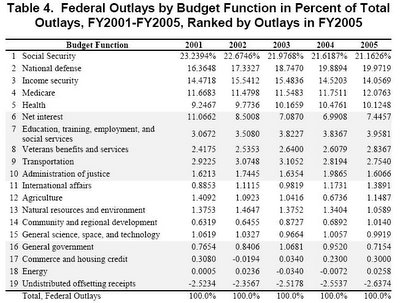First, just what were the lawyers who represented the insurance company thinking? The nub of the case was Mr. Geisinger's alleged misrepresentations on his insurance application. I suspect that the "insurable interest" argument was only added later as a make-weight. Shouldn't it have occurred to someone at the insurance company that the argument, if sustained, would have cost it far more in profits on the insurance policies that it sells to fund insurance trusts than the million dollars at issue in the case?
Second, after my last posting I looked at H.B. 271, the proposed legislative response to Chawla. The bill does make it clear that trusts do have an insurable interest in the life of an insured, but only in a narrow class of cases. Specifically, in trusts established for non-business purposes, the trust is deemed to have an insurable interest in the life of the insured if:
(i) The insured is:Interestingly, the language of the proposed amendment is broad enough to cover an insurance trust in some cases where the principal beneficiary is the non-married partner (gay or straight) of the grantor, since that individual will often have an insurable interest in the life of the insured. (Section 12-201(b)(3) already provides that "[f]or persons other than individuals closely related by blood or law, a lawful and substantial economic interest in the continuation of the life, health, or bodily safety of the individual is an insurable interest." Presumably, this covers non-married partners.)
1. The grantor of the trust;
2. An individual related closely by blood or law to the grantor;
3. An individual in whom the grantor otherwise has an insurable interest; and
(ii) The life insurance proceeds are primarily for the benefit of the trust beneficiaries having an insurable interest in the life of the insured.
However, whether an individual is a person with a "lawful and substantial economic interest in the continuation of the life, health, or bodily safety of the [insured] individual" is a question of fact. An insurance company could presumably raise questions about whether the beneficiary falls within this category if, for instance, sometime before the death of the insured, the parties had split-up and established separate places of abode.
This past week, a Maryland circuit court judge overturned Maryland's prohibition against same-sex marriage. The awkwardness of Section 12-201 with respect to non-marital partners underlines the fact that the prohibition against same-sex marriages imposes real economic and financial handicaps on same-sex couples.


